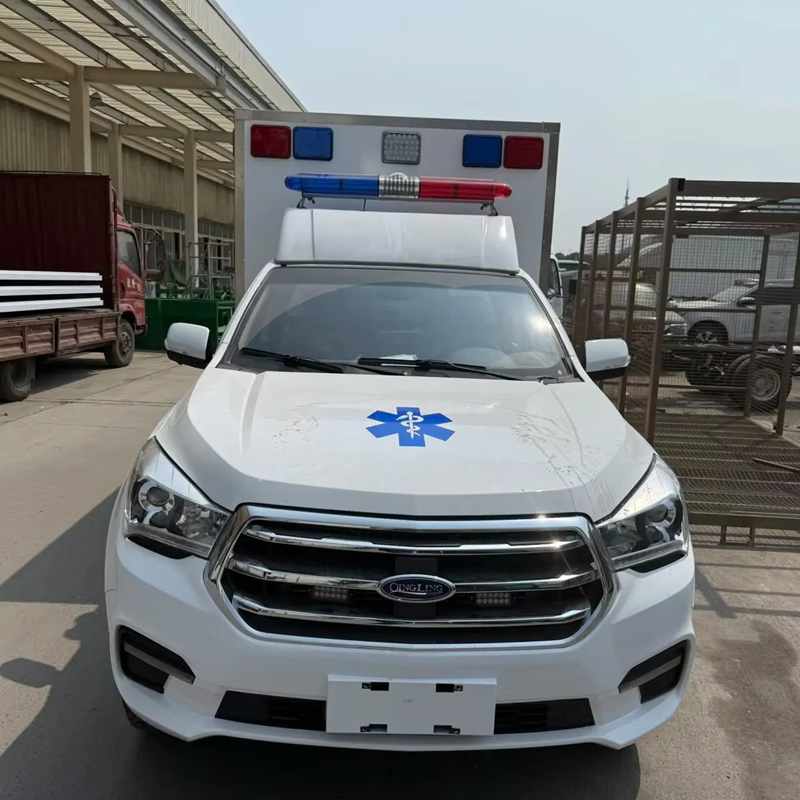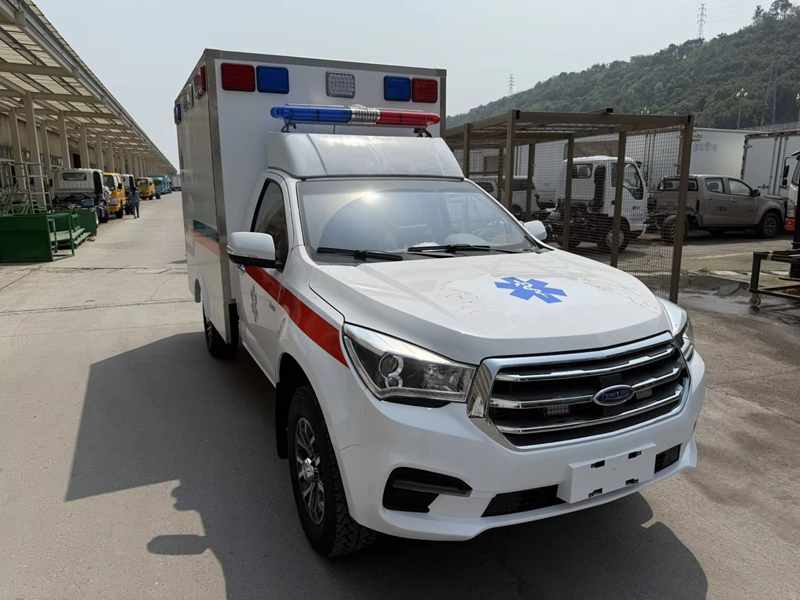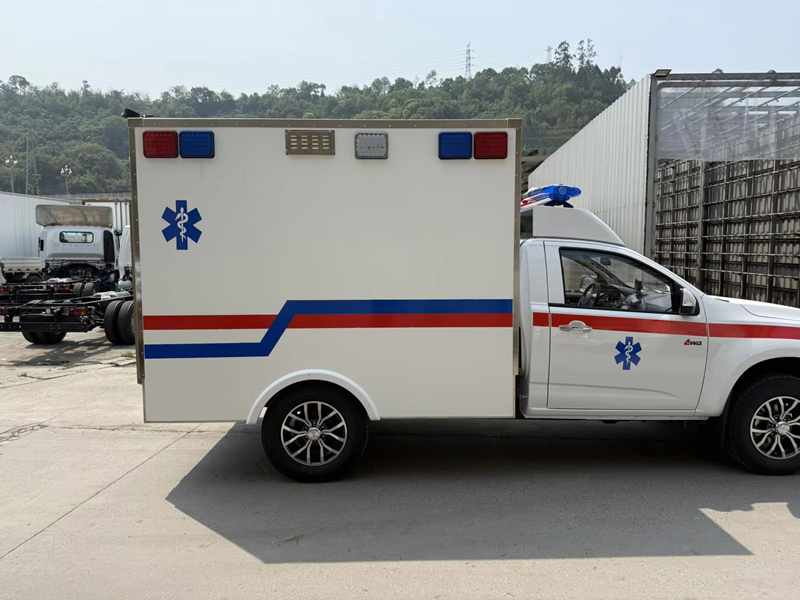

When most people think of an ambulance, they imagine speeding through traffic with sirens blaring. But ambulances serve a far greater purpose than just rushing patients to the hospital. Modern **ambulance vehicles** are mobile medical units designed to provide life-saving care long before reaching a healthcare facility.

Ambulances are equipped with advanced medical equipment such as defibrillators, oxygen supplies, ventilators, and monitoring systems. This transforms them into **miniature hospitals on wheels**, enabling paramedics to stabilize patients, manage emergencies, and even perform critical interventions during transit.

The primary role of an ambulance is quick response. In life-threatening situations, every second counts. Ambulance teams are trained not only in emergency driving but also in providing immediate medical care at the scene, ensuring that patients receive critical treatment as early as possible.
Not all ambulances are the same. Some are designed for advanced life support (ALS), while others focus on basic life support (BLS). There are also specialized ambulances for neonatal care, disaster response, and even air ambulances for long-distance or difficult-to-reach areas. Each type serves a unique purpose beyond just transport.

Ambulances aren’t limited to emergencies. Many healthcare systems use them for **non-emergency medical transportation**, helping patients get to dialysis centers, rehabilitation facilities, or routine hospital visits. In disaster relief and community health programs, ambulances play a crucial role in extending healthcare access.
With rising urban populations and increasing demand for healthcare services, ambulances have become an essential part of public health infrastructure. They ensure **continuity of care**—bridging the gap between the scene of an incident and the hospital.
Ambulances are far more than just emergency vehicles. They are **lifelines on wheels**, providing critical care, community support, and safe transport. Whether responding to an accident, delivering specialized care, or supporting public health initiatives, ambulances remain at the heart of modern healthcare systems.